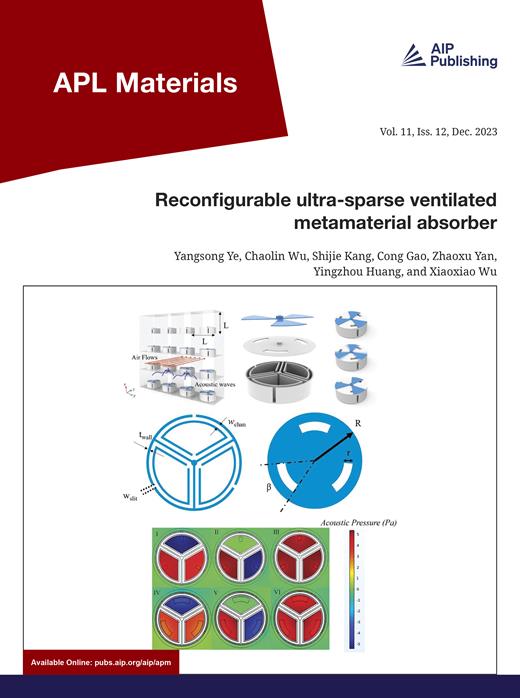利用溶酶体和线粒体自噬杀死卵巢癌细胞的二氧化硅纳米豆载体
IF 5.3
2区 材料科学
Q2 MATERIALS SCIENCE, MULTIDISCIPLINARY
引用次数: 0
摘要
近几十年来,开发响应灵敏的智能药物纳米载体,以克服肿瘤微环境对癌症治疗的抵制,引起了广泛关注。人们寻求升级,以有效提高化疗药物的疗效并减少对正常组织的损伤。在这项研究中,一种新型二氧化硅纳米颗粒载体--双功能化介孔二氧化硅纳米颗粒(DF-MSNB)被用来包裹药物多柔比星(DOX),形成 DOX@DF-MSNB 复合物。该复合物可同时释放药物,并在封装药物和荧光团经环境触发释放后跟踪细胞对药物的吸收情况。当感知到肿瘤微环境中的高 GSH 水平和低 pH 值时,药物和载体之间的连接体上的二硫键断裂。附着的荧光基团被激活,DOX 药物从载体中释放出来。我们的研究结果表明,DOX@DF-MSNB 与 A2780 细胞中的线粒体和溶酶体共定位,使 DOX 能够颠覆细胞的线粒体功能,激活巨噬细胞和线粒体自噬。线粒体自噬抑制剂的应用证实,DOX@DF-MSNB 通过激活线粒体自噬抑制了肿瘤的发展。本文章由计算机程序翻译,如有差异,请以英文原文为准。
A silica nanobean carrier utilizing lysosomal and mitochondrial autophagy to kill ovarian cancer cell
The development of responsive and smart drug nanocarriers that defeat the tumor microenvironment that resists cancer therapy has attracted considerable attention in recent decades. Upgrades are sought to effectively increase the therapeutic efficacy of chemotherapy drugs and reduce damage to normal tissues. In this study, a new type of silica nano-particle carrier, dual-functionalized mesoporous silica nanobeans (DF-MSNB), is used to encapsulate the drug, doxorubicin (DOX), to form the DOX@DF-MSNB complex. The complex simultaneously releases drugs and tracks drug uptake by cells after the environmentally triggered release of the encapsulated drug and fluorophore. Upon sensing the high GSH level and low pH in the tumor microenvironment, the disulfide bond breaks in the linker between the drug and the carrier. An attached fluorescent group is activated, and the DOX drug is released from the carrier. Our results show that DOX@DF-MSNB co-localizes with mitochondria and lysosomes in A2780 cells, enabling DOX to subvert the cells’ mitochondrial function and activate macrophage and mitochondrial autophagy. The application of a mitochondrial autophagy inhibitor confirms that DOX@DF-MSNB inhibits tumor development by activating mitochondrial autophagy.
求助全文
通过发布文献求助,成功后即可免费获取论文全文。
去求助
来源期刊

APL Materials
NANOSCIENCE & NANOTECHNOLOGYMATERIALS SCIE-MATERIALS SCIENCE, MULTIDISCIPLINARY
CiteScore
9.60
自引率
3.30%
发文量
199
审稿时长
2 months
期刊介绍:
APL Materials features original, experimental research on significant topical issues within the field of materials science. In order to highlight research at the forefront of materials science, emphasis is given to the quality and timeliness of the work. The journal considers theory or calculation when the work is particularly timely and relevant to applications.
In addition to regular articles, the journal also publishes Special Topics, which report on cutting-edge areas in materials science, such as Perovskite Solar Cells, 2D Materials, and Beyond Lithium Ion Batteries.
 求助内容:
求助内容: 应助结果提醒方式:
应助结果提醒方式:


